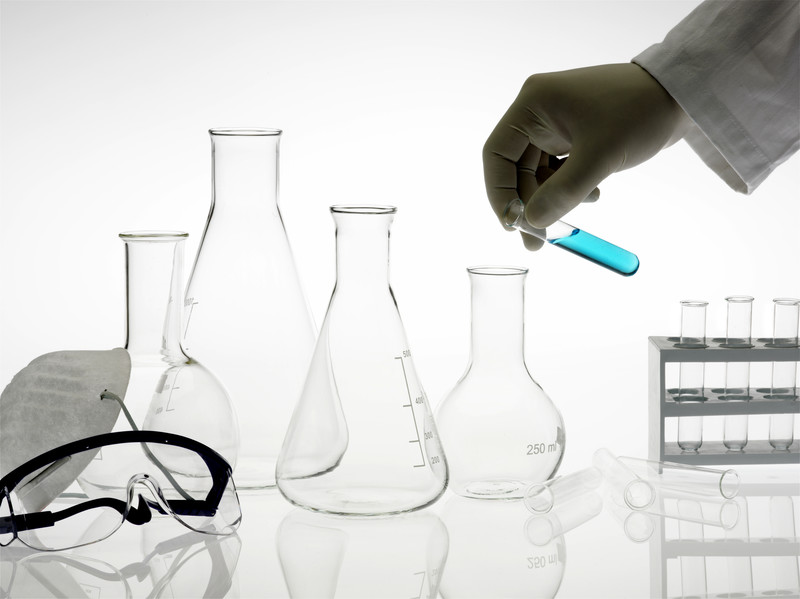Reading about an experiment and doing the experiment yourself are very different experiences. The practical, hands- on approach to teaching science is much more likely to be successful when dealing with curious homeschool students. This means that you need to set up a science lab for your homeschool classroom to encourage practical learning. It doesn’t mean that you need to incur great expense.
Stocking Your Science Lab
What should you look at stocking up in terms of equipment to conduct science experiments? Beakers, test tubes, evaporating dishes, and more such equipment is commonly found in science laboratories. However getting all this material can be a problem when homeschooling on a shoestring budget. What you need to do is get as much of your equipment as possible from things lying around the house.
By re-purposing stuff you already have to work as science lab equipment you will be able to recycle the stuff that is lying around the house, as well as save some money by doing so. You will still need to pick up some things like test tubes, but you can always use aluminium cans instead of beakers. Also try and make a list of all the experiments that you are likely to conduct in a school year.
Know What You Need
Having a list of experiments will make it easier to figure out exactly what equipment will be required that academic session. You can then figure out if you have things at home that can be used, and just what all you will need to purchase. List your requirements on the homeschool forums and groups that you are a member of, so that you can connect with other homeschool teachers.
Many homeschool parents can get second hand equipment from such connections at a fraction of the price that you would pay for in the market. Make sure that you have goggles to save eyes from possible splashes when doing chemical experiments. Also add a fire blanket to the list so that you can contain any experiment gone wrong. Ensure that the children do not conduct any potentially dangerous experiment without adult supervision.

